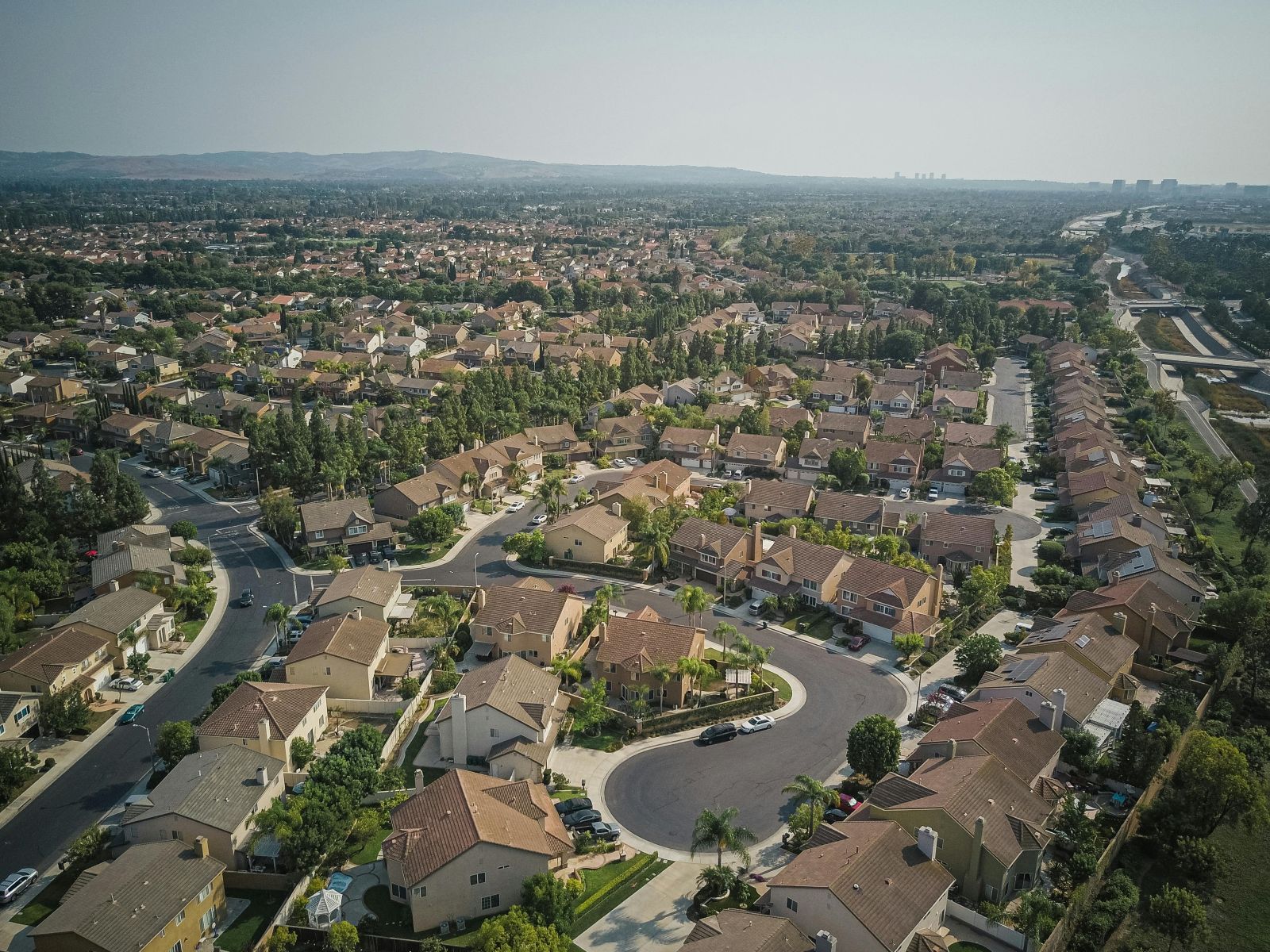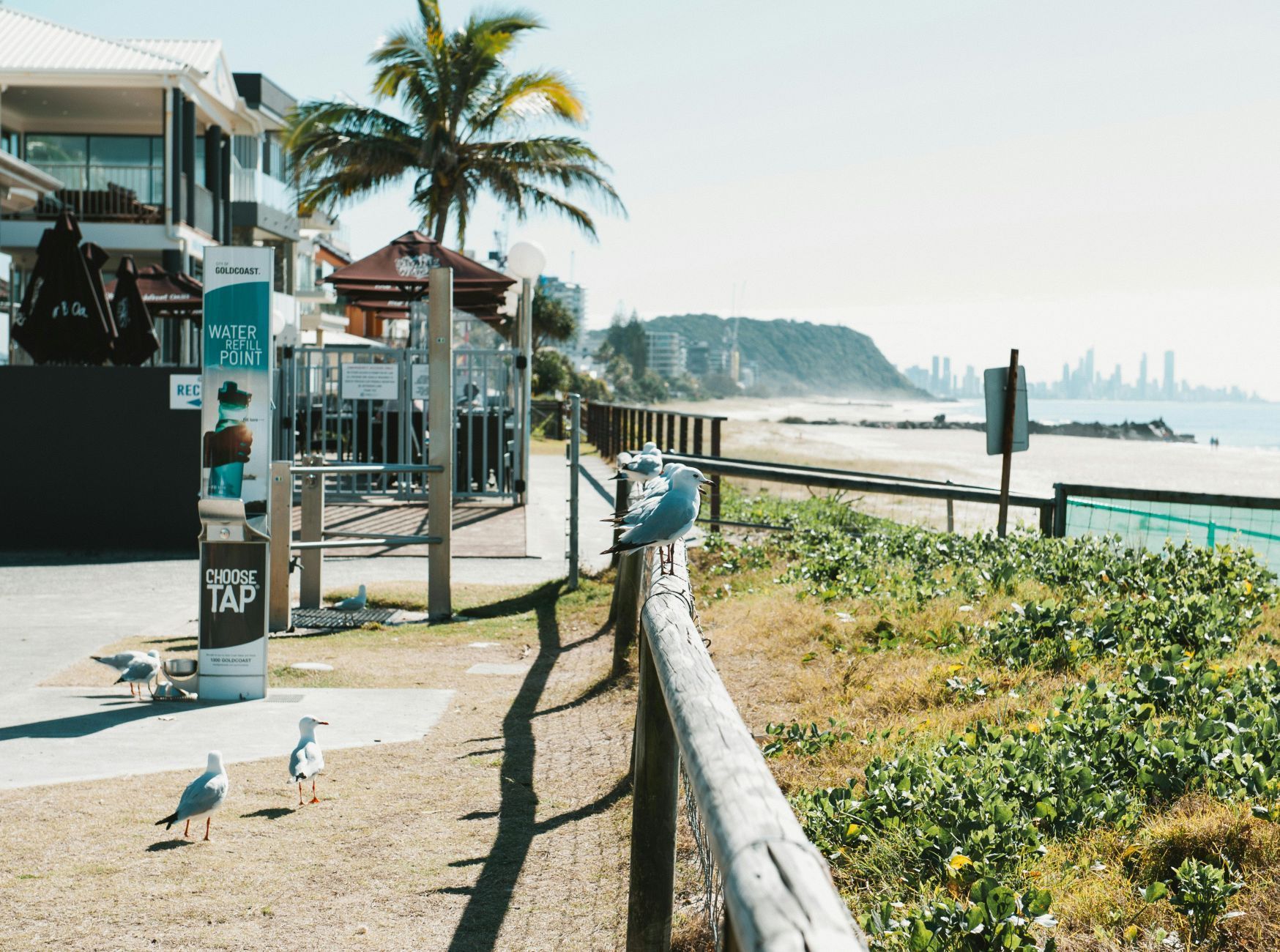Reverse Mortgages Explained: Who’s Eligible & How It Works
Many older Australians find that while their home has grown in value over the years, their income hasn’t kept pace with rising living costs. For seniors, retirees, and pensioners living on a fixed income, this can make it harder to cover daily expenses, healthcare needs, or home maintenance.
A reverse mortgage offers a way to access a portion of that home equity without selling the property or making regular repayments. It allows homeowners to stay in familiar surroundings while using their home to support a more comfortable retirement. While it's not suitable for everyone, it can be a helpful option in the right circumstances.
In this guide, we’ll explain what a reverse mortgage is, who’s eligible, how it works, and what to weigh up before considering one.
Need expert reverse mortgage guidance on the Gold Coast?
Our Gold Coast mortgage brokers at
LM Edge specialise in helping seniors, pensioners, and retirees understand how to access their home equity safely and confidently. Call us at
07 4721 4772 to get started with personalised support.
What Is a Reverse Mortgage?
A reverse mortgage is a type of loan that allows older homeowners to borrow against the equity in their home while continuing to live in it. It’s designed specifically for people aged 60 or over who want to access some of the value in their property without selling or moving.
Unlike a traditional home loan, where the borrower makes regular repayments to reduce the debt, a reverse mortgage doesn’t require ongoing repayments. Instead, the interest and fees are added to the loan balance over time. The full amount is generally repaid when the home is sold, usually after the borrower moves into aged care or passes away.
With a standard mortgage, your debt decreases as you repay it. With a reverse mortgage, the debt increases because the interest compounds over time. However, you still retain full ownership of your home, and you're free to live in it for as long as you like, provided the loan terms are met.
How Does a Reverse Mortgage Work?
A reverse mortgage allows eligible homeowners, typically aged 60 or older, to access money from their home equity without making monthly repayments. Interest is added to the loan, causing the amount owed to grow over time.
The loan is repaid when the home is sold, the owner permanently moves out, or passes away. Funds can be taken as a lump sum, in regular payments, as a line of credit, or as a combination of these.
The older you are, the more you can borrow, based on the Loan-to-Value Ratio (LVR). You stay in your home and keep ownership, provided you meet the loan terms. Interest compounds monthly, meaning the debt increases over time.
The reverse mortgage includes protections under Australian law, such as the negative equity guarantee, which ensures that you will never owe more than the value of your home when it is sold, even if the loan amount exceeds the value.
Sample Scenario
Margaret is 72 years old and owns her home outright, which is currently valued at $600,000. She wants to access some of her home equity to help cover living costs and medical expenses without moving. She applies for a reverse mortgage and is approved to borrow 25% of her home’s value.
She chooses to take out a lump sum of $150,000, with a variable interest rate of 7% per annum. She makes no repayments.
Sample Calculation
Let’s break down how the reverse mortgage might grow over 10 years if Margaret takes no action to reduce the loan.
Loan Amount: $150,000
Interest Rate: 7% per annum (compounded monthly)
Timeframe: 10 years
Repayments: None
Using monthly compounding over 10 years:
Future Loan Balance ≈ $150,000 × (1 + 0.07/12)^(12 × 10)
Future Loan Balance ≈ $150,000 × (1.006)^120 ≈ $150,000 × 2.01 ≈ $301,500
After 10 years, Margaret would owe around $301,500, which would be repaid when the home is sold. If the property is worth $750,000 at that time, about $448,500 in equity would remain. This shows how interest compounds over time and why a reverse mortgage suits long-term needs.
Who Qualifies for a Reverse Mortgage?
Not everyone is eligible for a reverse mortgage, and lenders follow strict rules to ensure it’s the right fit. Below are the main requirements borrowers must meet in Australia:
- Minimum Age: You must be at least 60 years old. For joint applications, the age of the youngest borrower determines the amount that can be accessed.
- Home Ownership: You must own the property, and it must be your principal place of residence.
- Property Type: Most freestanding homes, townhouses, and approved units are eligible. Properties must be in acceptable locations based on lender criteria.
- Equity: You need to have sufficient equity in your home, usually meaning the home is owned outright or has a low remaining mortgage.
- Residency: You must be a permanent resident living in Australia.
- Ongoing Costs: You need to cover property costs like rates, insurance, and maintenance.
- Legal and Financial Advice: Lenders often require borrowers to get independent legal advice before signing. Some may also suggest or require a financial adviser or counsellor.
- Credit Assessment: While income and credit checks are usually minimal, lenders will assess if the loan is suitable for your situation.
Pros and Cons of a Reverse Mortgage
Like any long-term financial decision, a reverse mortgage comes with both benefits and risks. Understanding the trade-offs can help you decide whether it’s the right option for your needs.
Pros
- No regular repayments required while living in the home
- Continue to own and live in your home for as long as you meet the loan terms
- Flexible access to funds as a lump sum, monthly payments, line of credit, or a mix
- May improve cash flow in retirement and help cover living or medical expenses
- Protected by the negative equity guarantee, meaning you won’t owe more than your home’s value
- Loan repayment is deferred until you move out, sell, or pass away
- Voluntary repayments allowed, helping manage the growing loan balance if you choose to contribute
Cons
- Interest compounds monthly, increasing the loan balance over time
- Reduces home equity, which may affect what’s left for your estate or beneficiaries
- May affect
Age Pension or benefits from Services Australia, depending on how funds are used
- Upfront and ongoing fees such as establishment fees, legal costs, and property charges
- Not suitable for short-term needs or those planning to move or sell soon
- Use of funds may be restricted by some lenders (e.g., no investing or gifting large amounts)
- Breaking loan early can attract penalties, especially with fixed interest terms
Reverse mortgages can be complex, but you don’t have to figure it out alone.
If you’re seeking assistance on the Gold Coast, our Gold Coast mortgage brokers at
LM Edge help retirees and pensioners make informed decisions with clear, honest advice. Call us today at
07 4721 4772 and book a free consultation.
FAQs
What is the biggest problem with a reverse mortgage?
The main concern is how quickly the debt grows due to compounding interest, which can significantly reduce the equity left in your home over time.
What is the 95% rule on a reverse mortgage?
The 95% rule ensures that the loan does not exceed 95% of the home's value when it's sold, helping protect lenders and ensuring compliance with responsible lending laws.
What is a good age to do a reverse mortgage?
Generally, the older you are, the more you can borrow, so it tends to be more beneficial from age 70 and above, when higher Loan-to-Value Ratios apply.
Is it ever a good idea to do a reverse mortgage?
Yes, for homeowners who need extra funds in retirement, want to stay in their home, and have no plans to sell soon, it can be a useful option.
Does a reverse mortgage affect my Age Pension eligibility?
It can, depending on how you use or hold the funds. Lump sums kept in a bank account may count towards the assets test under Services Australia rules.
How much can I borrow with a reverse mortgage?
The amount depends on your age and the value of your home. Older borrowers can typically access a higher percentage of equity under the Loan-to-Value Ratio.
What happens if I live longer than expected?
You can stay in your home for life, as long as you meet the loan conditions. The loan is only repaid when you move out or pass away.
Can I make repayments if I want to?
Yes, most lenders allow voluntary repayments to reduce the loan balance and interest, though you're not required to make them.
Can I use a reverse mortgage to buy an investment property?
No, reverse mortgages are only available for your primary residence and can’t be used to purchase investment properties.
Final Thoughts
A reverse mortgage can be a practical way for older Australians to access the value in their home without selling or downsizing. While it offers flexibility and the ability to remain in your home, it’s important to weigh the long-term impacts on your equity, estate, and pension entitlements. As with any financial decision, understanding the terms, risks, and suitability is key.
If you’re on the Gold Coast and considering a reverse mortgage and want clear, personalised advice, reach out to the team at
LM Edge. Call
07 4721 4772 to speak with an expert broker who understands your needs and can help you explore your financing options confidently.



